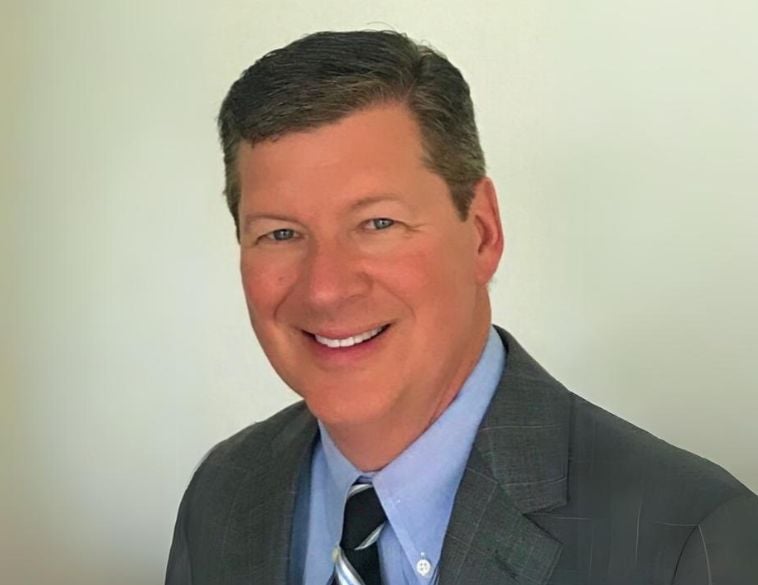The advent of nitrogen fusion welding allows technicians to do more plastic repairs and improve shop profitability.
Nitrogen plastic welding is the latest technology for the repair of thermoplastics like bumper covers, headlights, underhood and interior parts. Welding with nitrogen gas creates the strongest welds possible because it eliminates oxidation of the plastic during the welding process.
“Our objective is to increase the quality of the repairs being made, reduce the time it takes for the repair, and as a result increase body shop productivity,” explains Dave Flockhart, General Manager, Betag Innovation.
“We focus on training technicians to repair plastic properly, adds Flockhart. “One of the big challenges in plastic repair that has scared people away from it is ensuring the integrity of the repair. This can be particularly challenging in places like Canada where we have extreme weather conditions.”
Training counts
According to Flockhart, you can have the best piece of equipment in your shop, but if the technician doesn’t understand how to repair plastic properly, then the quality of the repair is not going to be guaranteed.
“It just takes one repair to fail for a technician to shy away from doing any more plastic repairs. That’s why we put such an emphasis on the training side,” says Flockhart.
Thanks to the strength provided by the nitrogen fusion weld, technicians can repair damage to tabs, mounting holes, flanges, and grill bars that are impossible with two-part adhesives. Mastering nitrogen plastic welding allows shops to increase the number of plastic parts they can repair, allowing for more profit.
“In 2011, we began selling plastic nitrogen welding systems to body shops, and it has gone very well. Benefits include speed, strength, the ability to repair tabs and detail areas that a two-part bonding repair system would have trouble with,” says Kurt Lammon, President at Polyvance.
Polyvance, which has been specializing in plastic repairs since 1981, provides hands-on training courses to help technicians properly identify, repair, and refinish automotive plastics. Polyvance’s training organization is accredited by ASE-ATMC as an adult education provider and is an approved I-CAR Industry Training Alliance program training provider.
Increased productivity
“Polyethylene—used for items like overflow bottles and washer fluid bottles—is another plastic that is easy to repair with nitrogen welding but cannot be repaired with a two-part bonding system,” says Lammon.
The challenge with training technicians is the shop’s loss of productivity, but positive training results can help negate this productivity decline. Furthermore, progressive shop owners understand the importance of training their technicians. “They understand the need to focus on their technician’s skills. As soon as they get back to the shop, they can immediately put those new skills into practice,” says Flockhart.
In the past, repairing mounting tabs on the edge of a bumper simply wasn’t possible with a two-part bonding system. Today it is. “Let’s take a flange where it pops into the frame in one of the quarter panels. It’s very thin, and there is little surface area—it’s almost as if the OEMs have designed them to tear in that area,” says Lammon. “With Nitrogen Plastic Welding, you can repair those tabs quickly and easily.”
Today, around 90 to 95 percent of the plastics that come into collision centres are made from thermoplastic, which can be repaired instead of needing to be replaced.



